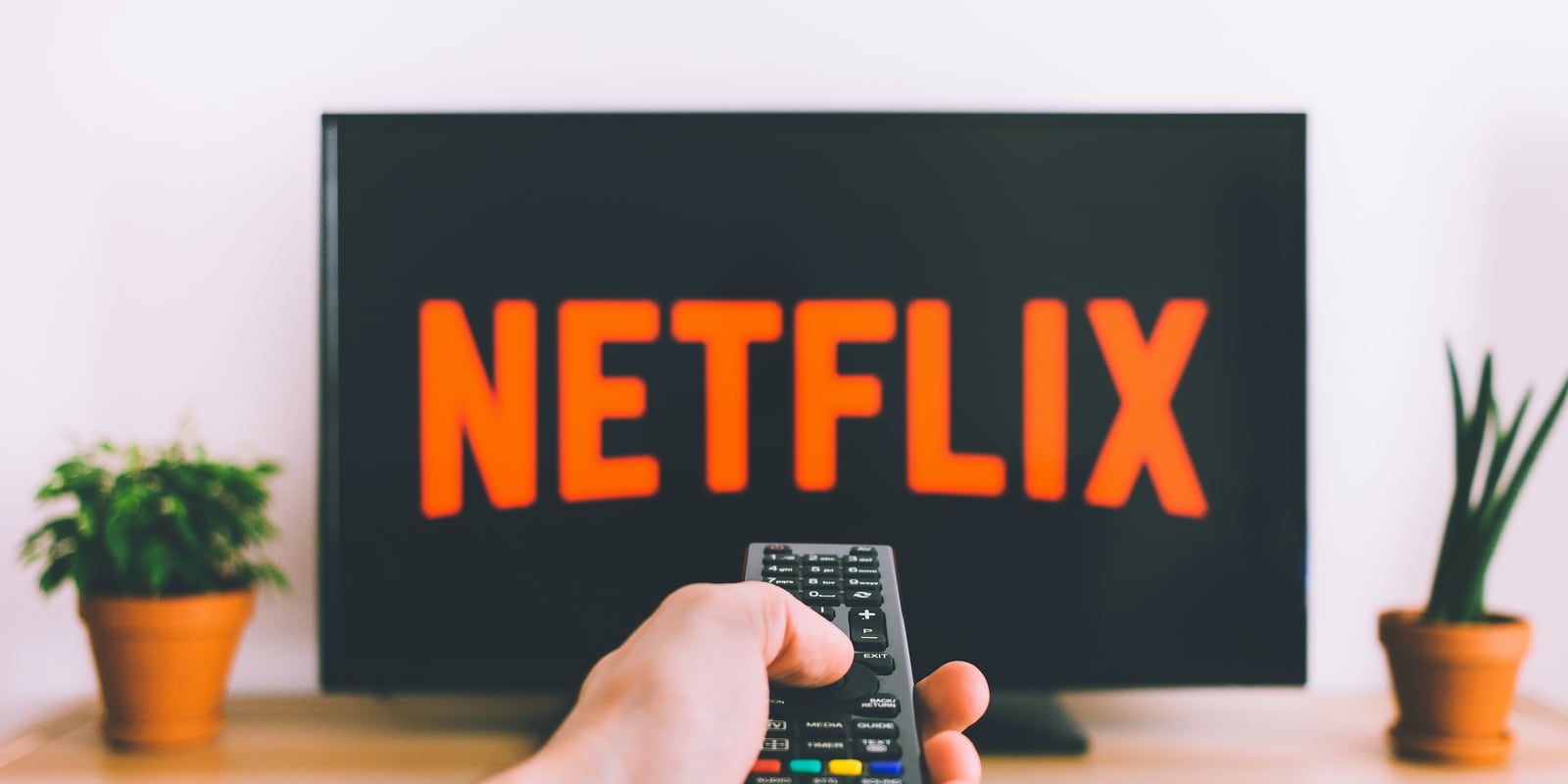If you're like most people, when you look at your bills every month, you probably notice an increasing number of them come from streaming services.
These bills are generally small, ranging from $5 to $15 per month, but that can add up fairly quickly. A few years ago, you probably paid for two or three streaming services.
How many do you pay for now?
This doesn't show any sign of slowing down either. Every month, you probably read about one or new hot new streaming services launching.
In a year or two, you might read about them shutting down, but for every two that shut down, there are four to take their place. How long will this continue? How long can it continue?
Do We Really Need Cable Replacements?
When I first cut the cord, on-demand streaming was the only option. Yes, livestreams on Twitch and similar services were a very real thing, and there might have been some less-than-legal options I wasn't aware of.
But basically, you had Netflix and Amazon Prime Video. If you wanted to watch something on a major TV network, you waited a few days to a week and watched in on Hulu.
Within a year or two after I'd cut the cord, Sling TV launched. This was the beginning of the avalanche, as within a few years both major satellite providers had cable alternatives that streamed online. The only thing is, we never stopped to wonder why we wanted these. Wasn't this what we cut the cord for in the first place?
Yes, streaming services are often cheaper and are definitely easier to use than cable in many ways, but you're still paying for an awful lot you don't watch.
Netflix and Hulu Are the New Networks
While the early days of streaming on Netflix meant a whole lot of movies you never really wanted to see and TV shows you forgot existed, that didn't last long. In 2013, Netflix premiered House of Cards, and was quickly on the road to becoming a network in its own right.
Now most of the shows people talk about are on one streaming service or another. Netflix, Hulu, and Amazon are competing with networks like AMC, FX, and IFC to produce their own prestige programming, only Netflix and similar services have an advantage: they don't need to rely on anyone else to distribute their programming online.
They're Multiplying
This gave the networks an idea: why not launch their own platforms. HBO was first to the game with HBO GO then HBO NOW, but that wasn't enough. It's tough to get people to pay a premium for what is essentially one channel, even if it's the channel that has Game of Thrones.
That led to HBO Max, which bundles HBO programming with other Warner-owned TV and movies. HBO is far from the only company doing this, as Disney+ and NBC's Peacock both use a similar model. Disney+ is already wildly successful, and even if HBO MAX or Peacock don't do as well, you can expect other companies to follow them down this path.
Where Is It All Headed?
This likely all ends where it began: looking at a bill that reaches well past the $100 mark and you wondering how you could possibly be paying for this all when you only watch TV a few hours a week. The good news is that at least in this case, you can always prune various services off and save some money while you're not watching them.
The problem lies in that these services are going to do everything they can to make sure there's always at least one show keeping you hooked. It comes down to managing your watch list and being willing to wait to catch up on shows. Just stay away when your friends and co-workers are discussing season finales.
You Can Always Take a Break
Even if you love TV and movies more than most things, they can start to wear on you over time. Streaming fatigue is a very real thing, and chances are you've already started to experience occasionally. Having a near-limitless world of entertainment at your fingertips is handy, but it can also be exhausting.
Remember, you can always take a break. This doesn't mean canceling everything and throwing out your TV. Just cancel a few services while keeping those that are important, then if you're really missing something, add it back later on.
